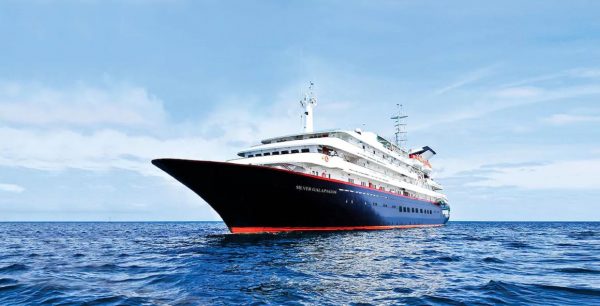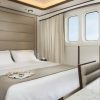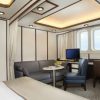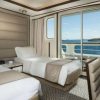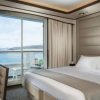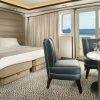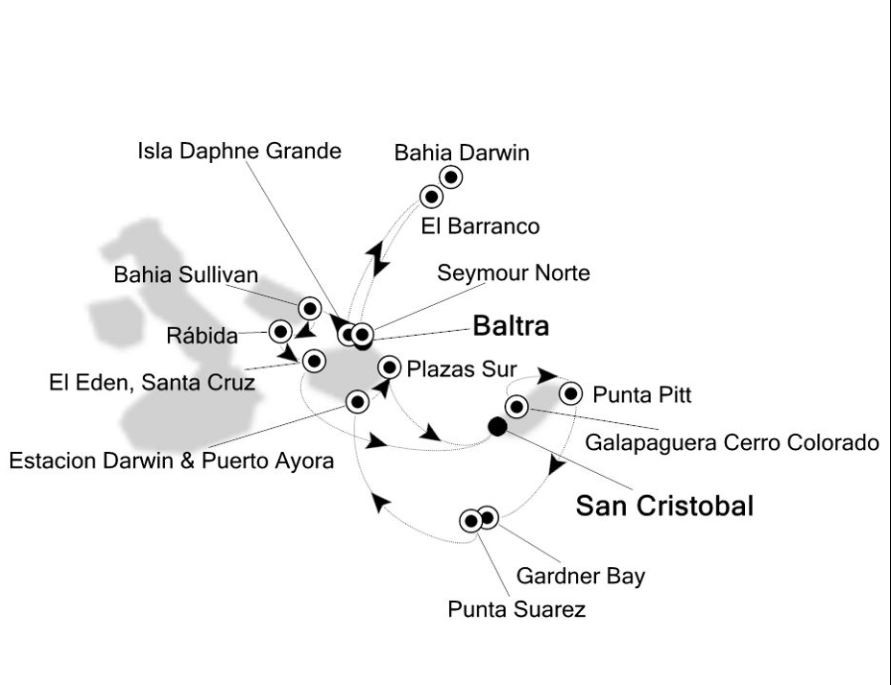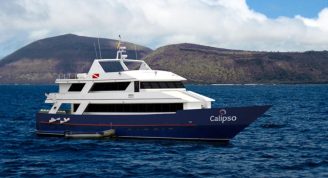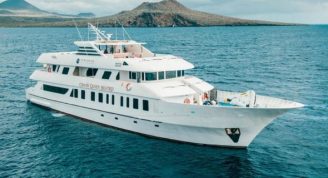Description
Enjoy the north-central region of Galapagos on this 7-day cruise. Feel the thrill of seeing wildlife that is completely unafraid: from lava lizards to giant tortoises. Gaze upon Pinnacle Rock as Darwin once did, take a Zodiac® boat along the picturesque coast, discover natural lava tunnels and snorkel in a stunning underwater world.
Please note: your voyage prices include flights between Ecuador and the Galápagos Islands, Transfers, pre cruise Hotel in Quito (2 nights), National Park fees
Trip Name
North Central Galápagos (Silver Galapagos)
Days
8
Overview
Vessel Type: Luxury Small Ship
Length: 88 metres
Passenger Capacity: 75
Built / Refurbished: 2012 / 2017
The 100-guest Silver Galapagos. A Galápagos expedition cruise, enjoyed aboard Silver Galapagos, brings you to one of the most isolated places in the world to encounter an abundant variety of wildlife species that is incredibly unique and found nowhere else on earth. Lying just off the western coast of South America, the Galápagos archipelago is inaccessible to most, yet this isolation has allowed nature to develop in ways exclusive to the islands. Experience it all with complimentary exploration activities including Zodiac tours, snorkeling, kayaking and nature hikes led by our highly experienced guides certified by the National Park of the Galápagos.


